How The Ideal Male Body Has Changed Throughout History
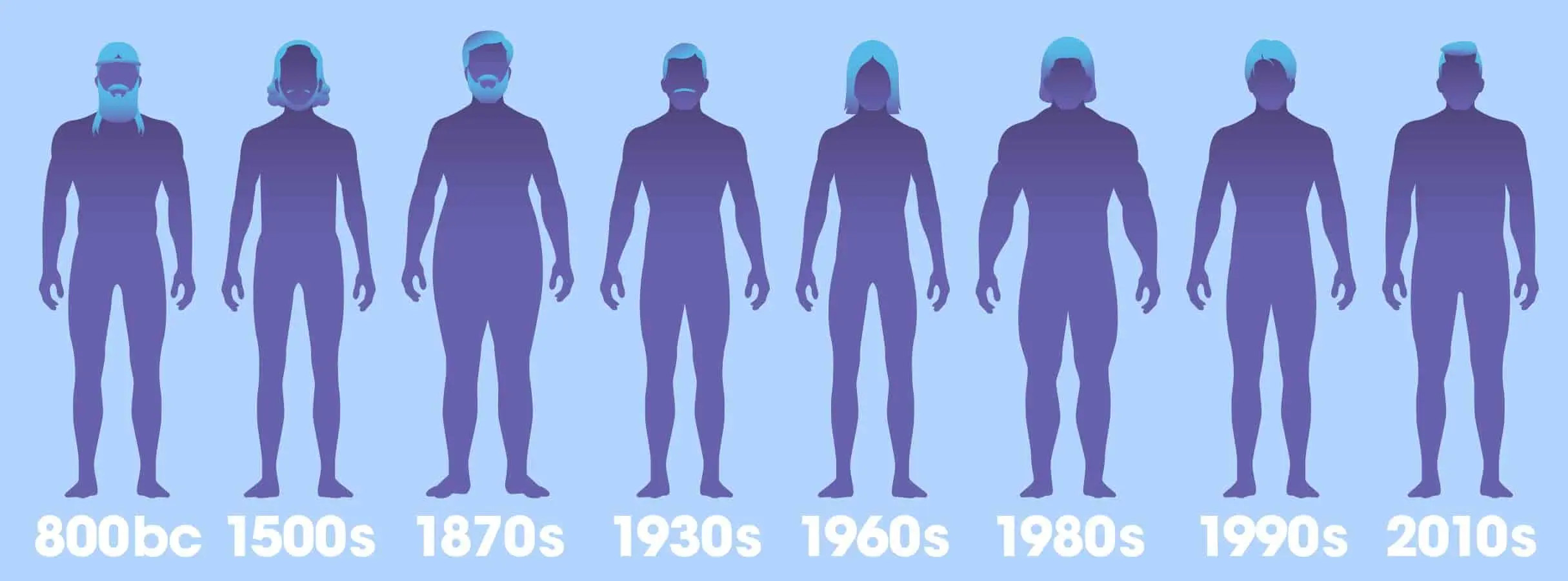
Content by

Last Updated
Table of Contents
Has this always been the case?
While open discussions surrounding the social pressures attached to perceived body ideals are a relatively new phenomenon, the concept of the ‘perfect’ male body has existed in human consciousness for millenia. However, influenced by cultural trends, status and even the availability of food, these ideals have changed enormously throughout history. Here at Chemist Click, to demonstrate just how arbitrary the idea of one ‘ideal’ body shape is, we have transformed the body type and hairstyle of one man to fit the common conception of perfection in a number of different time periods throughout history.
Ancient Greece: 800 BC - 146 BC
Considered a reflection of the gods and heroes immortalised in Greek mythology, the ideal male body in ancient Greece was muscular, thin-waisted, and generally very lean. While this image of perfection is commonly depicted in ancient Greek art and sculpture, the level of muscle definition needed to meet this ideal would have been almost impossible for the average Greek to achieve and is more reminiscent of the CGI superheroes we watch on the big screen today. In terms of hairstyles, ancient Greek men viewed long hair held back with a headband as a symbol of wealth and power. Several Greek gods, such as Zeus, Apollo and Poseidon, were often depicted with long hair, making it a must for all in search of bodily perfection.
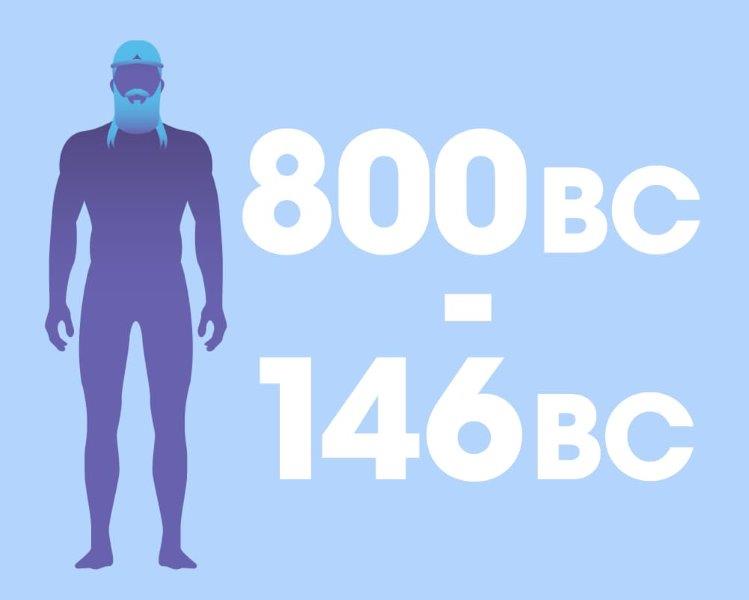
The Elizabethan Age: 1558 - 1603
If you were a man in England during the reign of Queen Elizabeth I, the chiselled abs coveted by the ancient Greeks were likely of no interest to you. Although manliness was still closely associated with intellectual power, the ideal of large muscular arms and strong, defined upper-body muscles had fallen out of favour because of its link to peasants. In order to show one’s manliness, men in Elizabethan high-society instead viewed powerful legs, shapely thighs and strong calves as the epitome of anatomical perfection. When it comes to the ideal Elizabethan hairstyle, men were encouraged to don long, curly hair, using wax to keep it in place. Hot irons were often used to achieve the perfect curls.
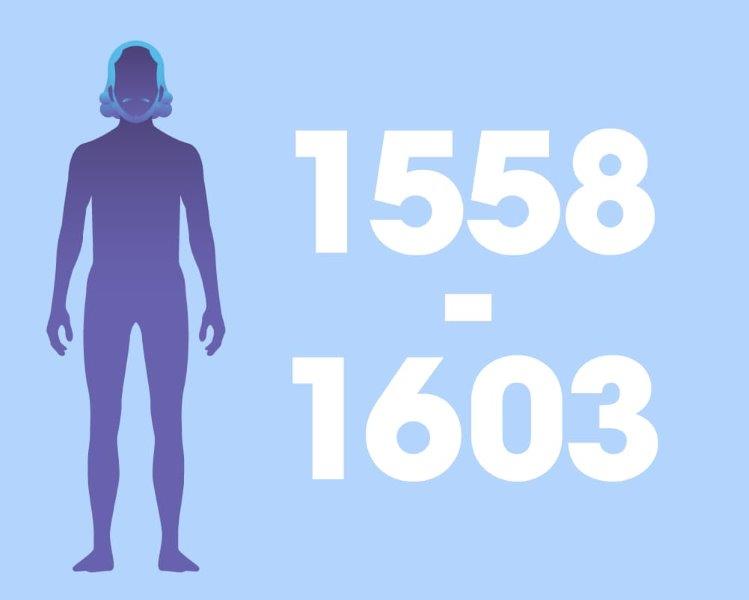
The Gilded Age: late 1800s - early 1900s
By the 19th century, the perception of the ideal male form had altered drastically. Gone were the notions that big muscles or shapely legs equated to peak manliness. In the age of industrialisation and wealth-making, having a wide waist, generously-sized stomach and an ample frame showed your higher economic status, proving your ability to afford plenty of good food. This body ideal was particularly embraced in the US, where ‘fat men's clubs’ began to open across the nation. Typically, membership was restricted to rich men weighing over 200lbs. The chosen hairstyle of the ‘fat man’ ideal was a simple side part on neatly-trimmed short hair.
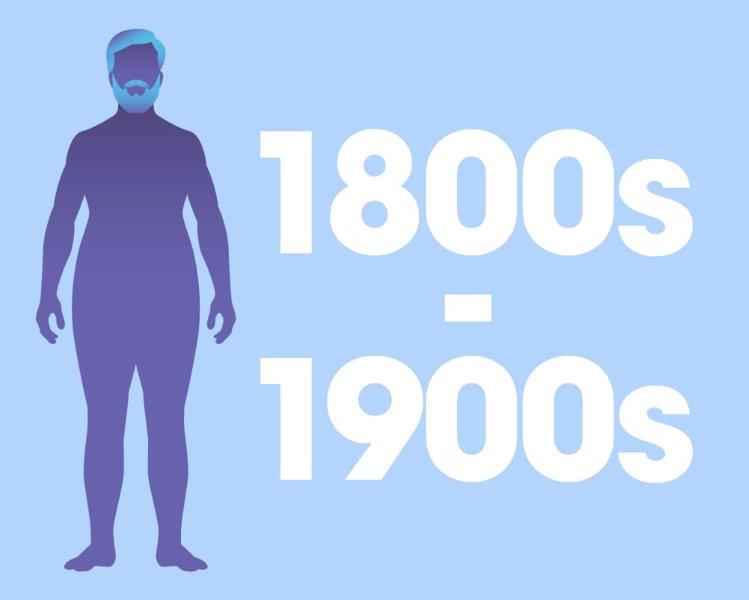
The Golden Age of Hollywood: 1920 - late 1950s
With the advent of commercial motion pictures in the early 20th century, the male ideal radically shifted. It was quickly discovered that the camera made people appear larger on screen than they actually were, meaning Hollywood required actors to be athletic, lean and clean-cut - if not necessarily muscular or toned. Hollywood legends such as Cary Grant and Jimmy Stewart exemplified this trend, setting the male body expectations of a generation. These silver screen icons made the short to medium taper haircut - which left just-enough hair on the top for side-partings or slick-backs - the chop of choice.
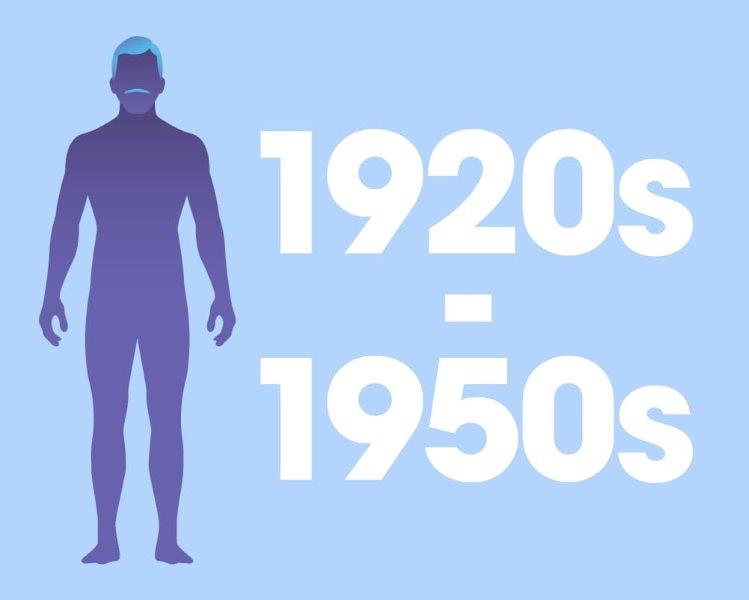
The Age of Counterculture: mid-1960 - 1970s
By the mid-1960s, the perception of the perfect male once again altered, this time shaped by a generation of young ‘baby boomers’. The clean-cut, masculine body type was replaced by a thin and slender, almost androgenous, ideal, made popular by counterculture icons such as The Beatles, David Bowie and Jimi Hendrix. This ideal glamorised no muscle tone, trim waists and slender chests, arms and legs. Popular men’s hairstyles evolved drastically during this period - from the Beatles’ ‘mop-top’ to longer cuts, sideburns, ponytails and afros.
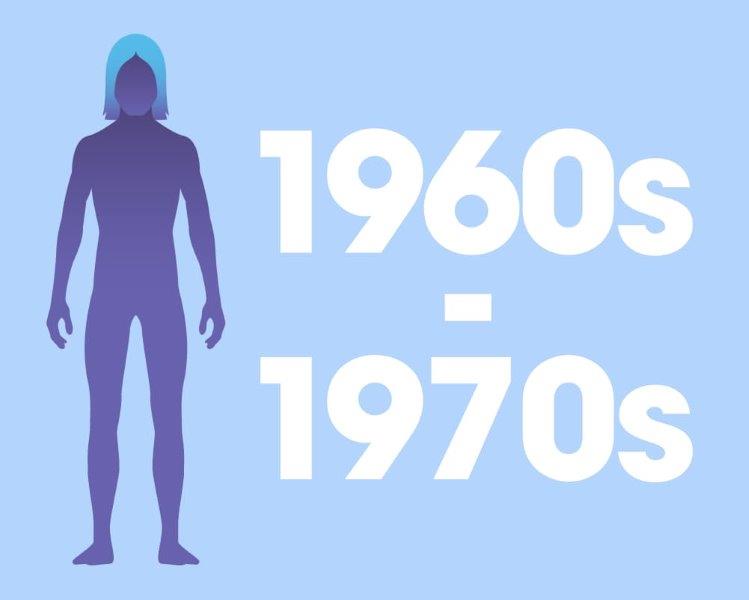
The Decade of the Bodybuilder: 1980s
The popular perception of the ideal male form slid to the opposite end of the spectrum during the 1980 as bulked-up, large muscles came in vogue. Popularised by eighties icons such as Arnold Schwarzenegger and Sylvester Stallone, bodybuilding and ‘pumping iron’ was thrust into the mainstream as personal fitness and huge bulging muscles were seen to define masculine perfection. In terms of hairstyles, the 1980s saw every man aspire to grow the perfect mullet - business in the front, party in the back!
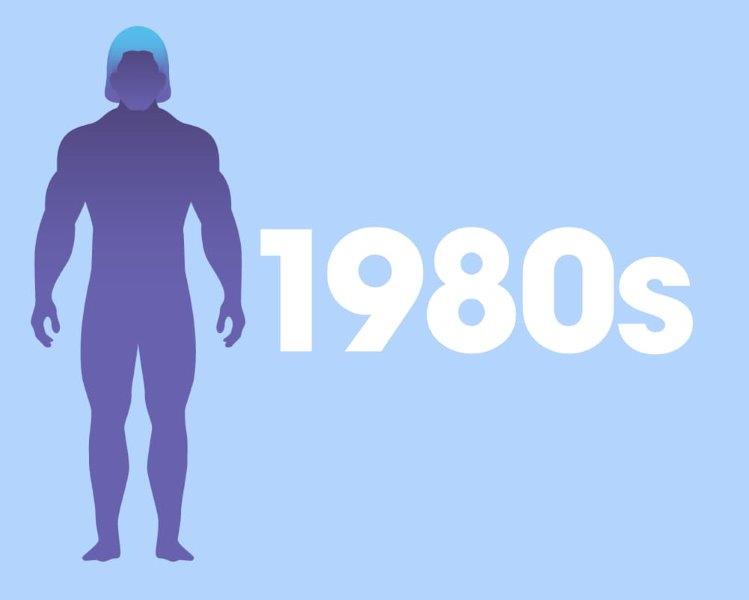
The Rise of the Millennial: 1990s - 2000s
After the excess of the eighties, humanity headed toward the new millennium with less of an emphasis placed on bulked-up, beefy male body ideals. Although athletic and muscularly defined bodies were still coveted during the 1990s and 2000s - with Brad Pitt's lean, 'cut' torso from 1999's Fight Club often cited as the benchmark of anatomical perfection - the standard was not as extreme as that set a decade earlier. As they had during the 1960s and 70s, the ideal men’s hairstyle evolved drastically during this period - from frosted tips and curtains to buzzcuts and quiffs.
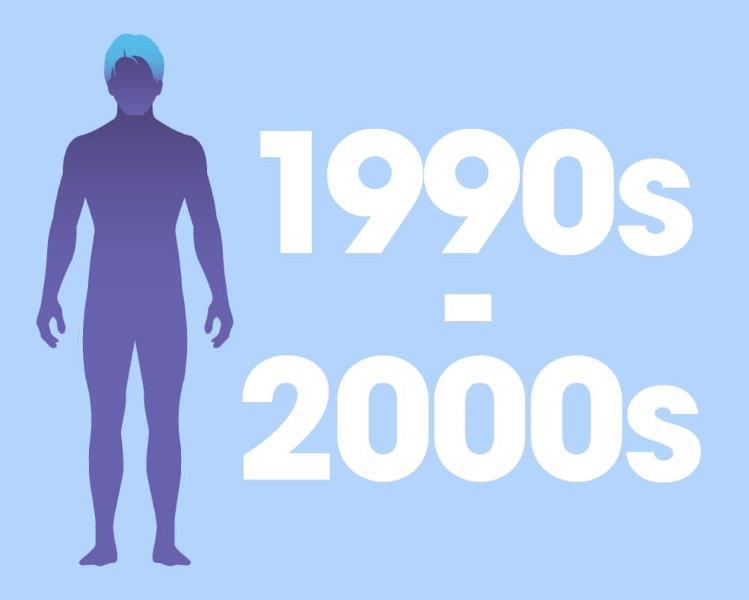
The Age of the ‘dad bod’: 2015 - present
Emerging during the mid-2010s and likely as a direct rebellion against the ‘thin and defined’ image of men constantly seen in the modern media, the ‘dad bod’ ideal has become increasingly widespread. A body type that is not defined or chiseled, but at the same time is not unhealthy, dad bods became popular as a far more attainable body image than most ideals held by society in the past. Championed by the likes of Chris Pratt, Seth Rogan and Jason Segel, this anti-body-shaming concept remains an obtainable and popular 21st century male body ideal. When it comes to the perfect hairstyle for the dad bod era, the classic faded crew cut has become the staple. Neat, tidy and easy to manage.
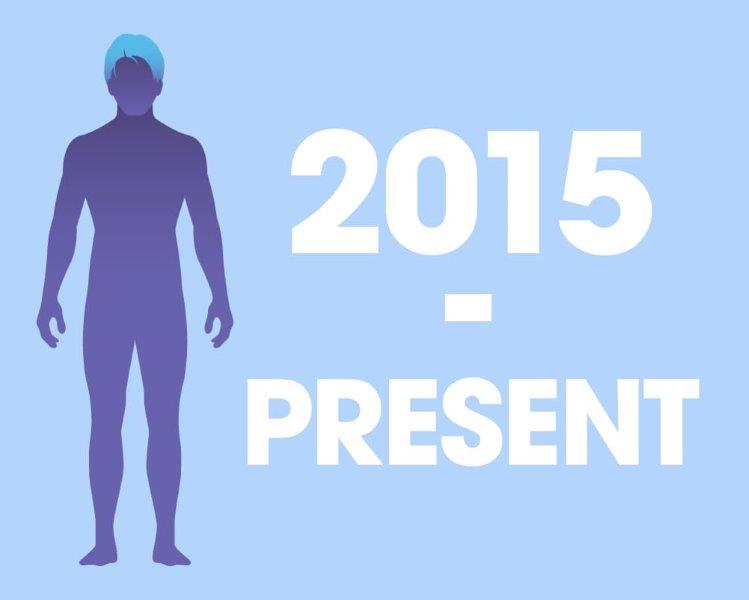
So there you have it - the ever-changing concept of the ‘ideal’ body type throughout history. We hope this blog has shown that, as the old saying goes, ‘beauty is in the eye of the beholder’, and the ‘ideal male body’ simply doesn’t exist. While media, advertising and society more generally may all try to shape, change and alter your body, just remember that the idea of perfection is subjective, making body ideals relatively meaningless. Here at Chemist Click, we are on a mission to remind men that there is no such thing as a perfect or typical body - everyone is unique. Whatever body type you have, or aspire to have, don’t allow self-consciousness to knock your confidence or affect your physical health, mental wellbeing or sexual performance. Visit our website for more details and follow our campaign using the hashtag #NoTypicalMan on social media.
Sources:
- https://lammily.com/magazine/male-body-ideals-through-time/
- https://www.thelist.com/56105/mens-perfect-body-types-changed-throughout-history/
- https://www.puregym.com/blog/body-shapes/
- https://www.thelist.com/179568/how-mens-perfect-body-type-changed-throughout-the-last-decade/
- https://www.theguardian.com/commentisfree/2015/mar/27/ancient-greece-physical-pressure-hercules-body-image
- http://www.elizabethan-era.org.uk/elizabethan-hair-styles.htm
Whilst all of our content is written and reviewed by healthcare professionals, it is not intended to be substituted for or used as medical advice. If you have any questions or concerns about your health, please speak to your doctor.
